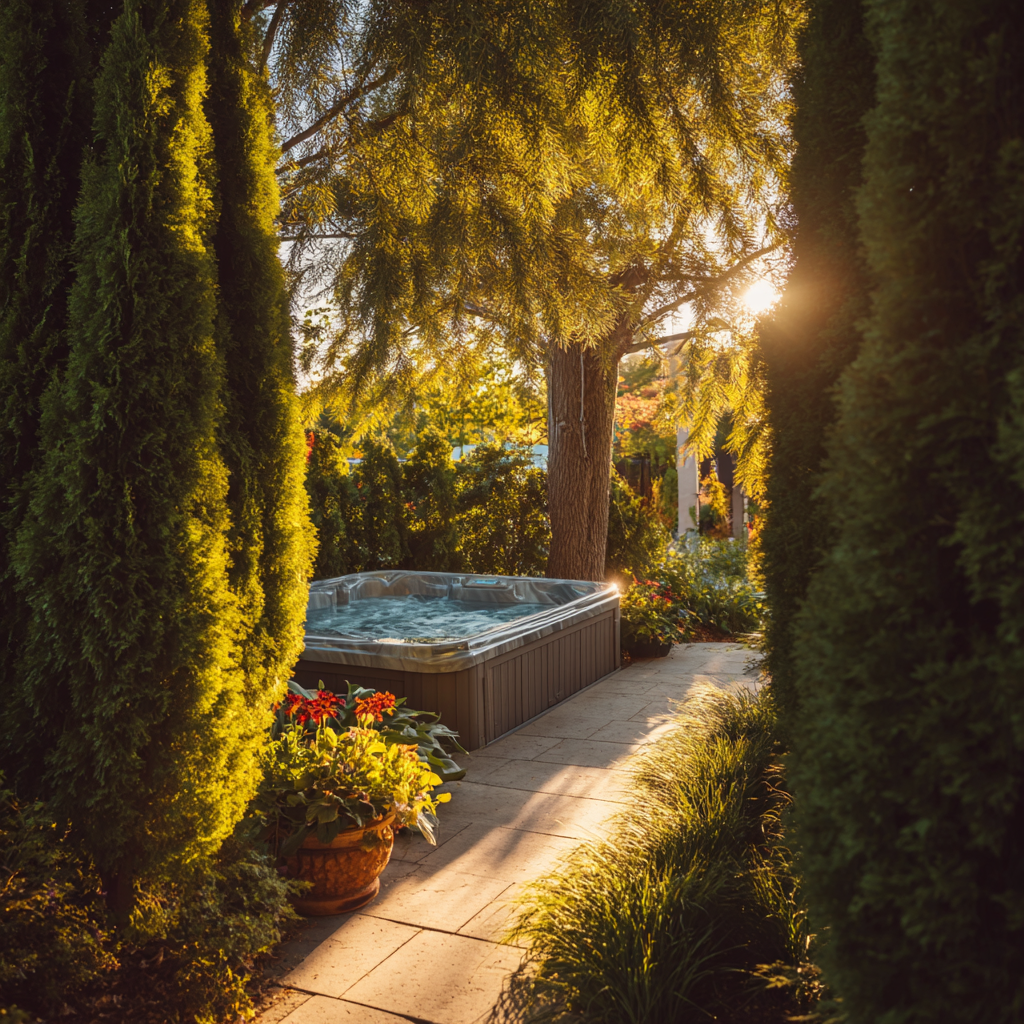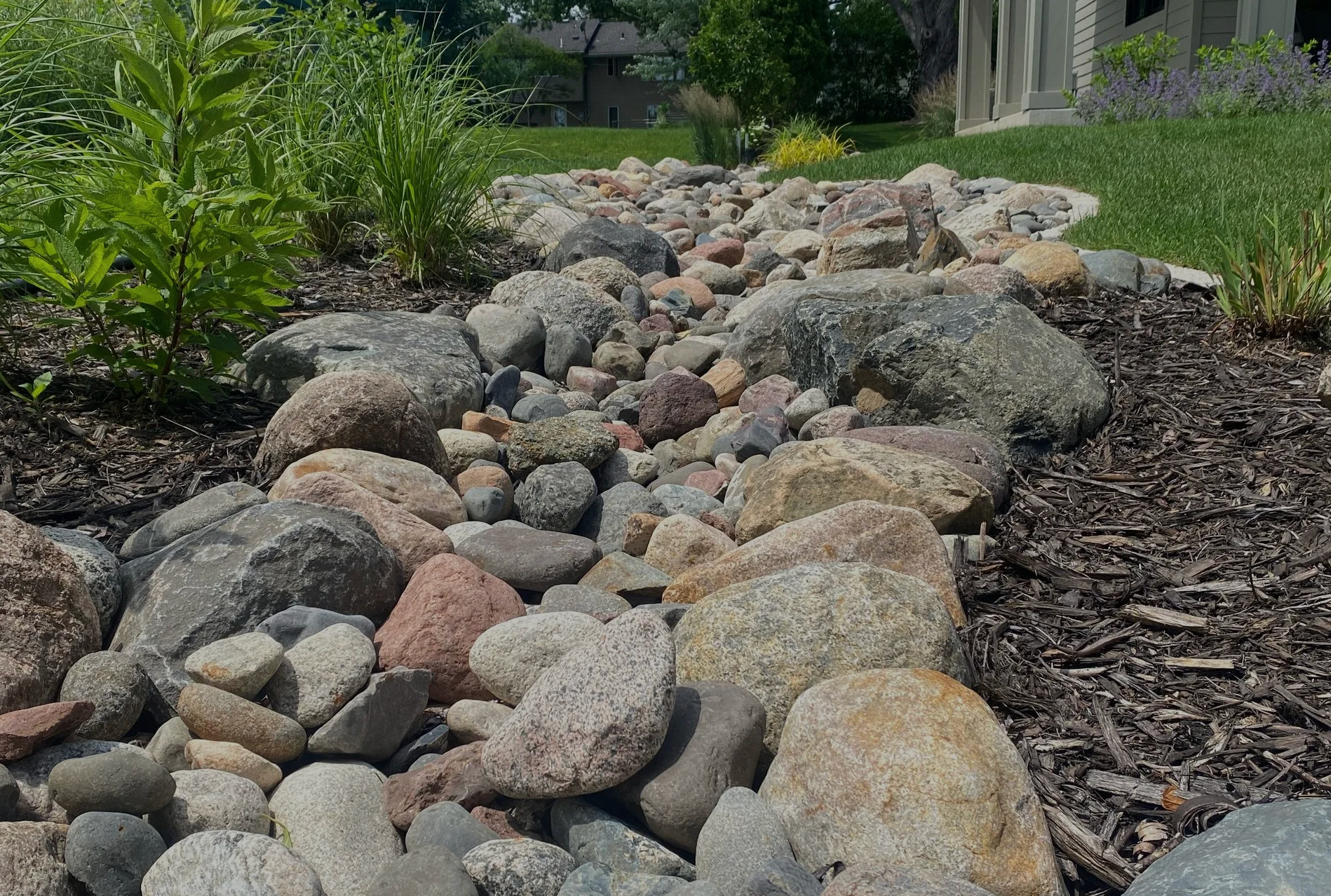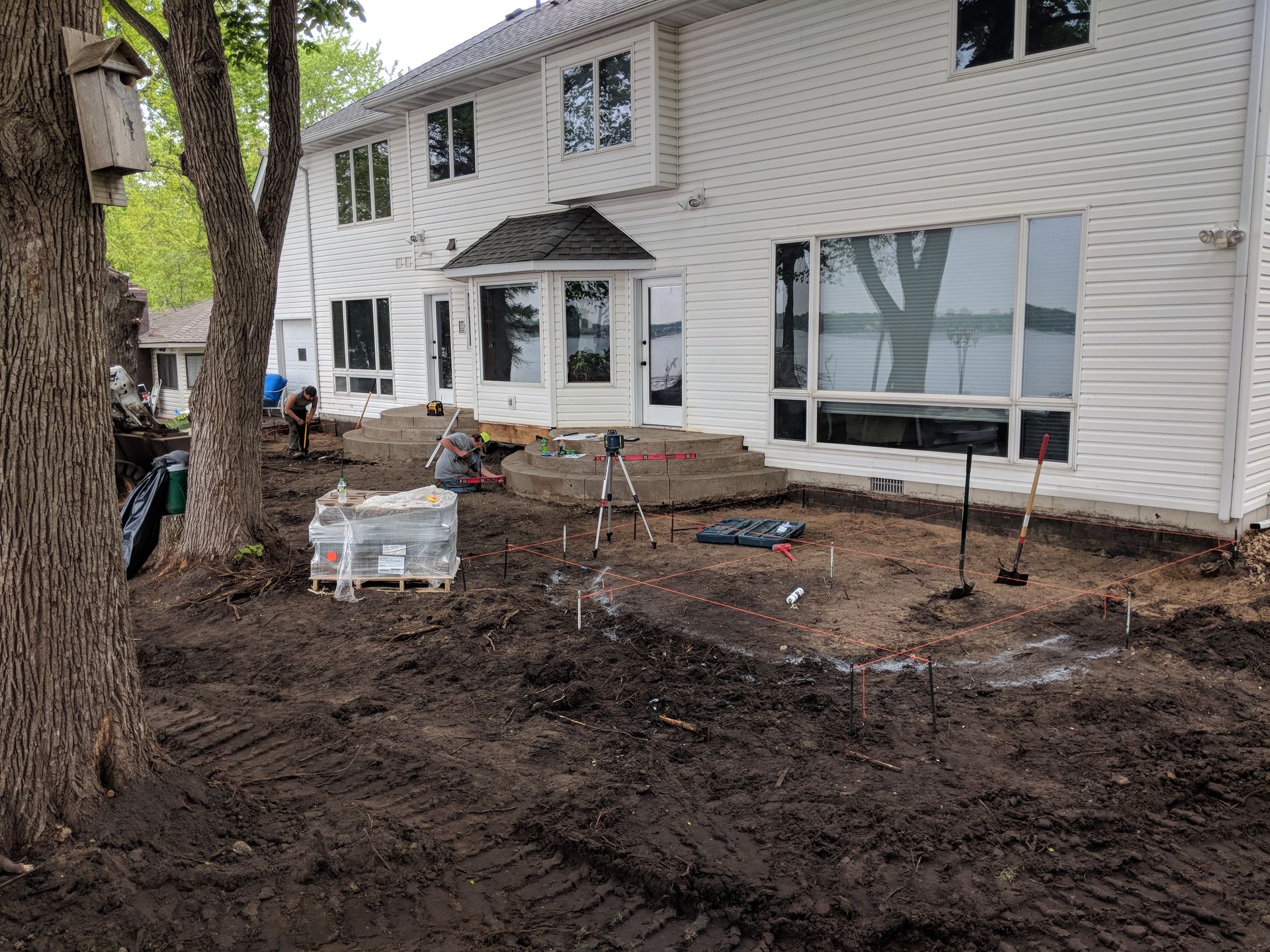Incorporating Climbing Vines into Your Landscape Design
When you think of climbing vines, you probably think of the ivies that give elite colleges their nickname. However, there are also plenty of flowering vines that flourish in our climate and can be used to brighten up a yard. Maybe you have a vertical garden in a small space
, maybe your picket fence needs a little something
to increase your home’s curb appeal
, or maybe you just like vines. Whatever the case, we’re here to give some tips on where to include your favorite climbing vines in your landscape design.
Choosing a Vine
One important aspect to keep in mind when choosing where to place your vines is what kind of anchoring system they use.
Climbing roses
Getting Started
Like any other plant, you need to be sure the vine is getting the proper amount of sunlight or shade, and that the soil type is appropriate. When choosing perennial vines, be sure they are Minnesota-hardy, rated for zone 4 or lower. Annuals such as morning glories (or anything rated for zone 5 and above) will have to be replaced every spring.
Set up wire or wooden supports before planting anything. Once that’s all set, you’ll want to plant the vines 12-18 inches away from the base of the structure. This will ensure the roots have have enough room to grow. Next, angle sturdy canes between the new plantings and the main structure. This will train the vines to climb toward the trellis or arbor. If the vine is already long enough to span the space between where it’s planted and the structure, tie whatever stems reach the wire supports with twine. This will keep the vines pointed in the right direction and will ensure they don’t unfurl themselves from the cane structure. Once established, some vines grow very quickly and will require some upkeep to keep trimmed back. Most vines will simply need sunlight and water.
Another element to keep in mind is the type of trellis, arbor
, or fence
you’re looking to use. Some vines, such as wisteria, become heavy and need something sturdy to attach themselves to, such as wrought iron. Others, like morning glories, can grow on a thin wire or wooden trellis without an issue.
Morning glory vines
Benefits of Climbing Vines
If grown on an arbor or pergola, vines can help create a beautiful shady space during the heat of summer. In the autumn their leaves will fall, letting sunlight stream through in the winter. The dried vines can also help add visual interest during the colder months.
Flowering vines can be used as part of a butterfly garden or to attract other native pollinators
. Butterflies and bees are drawn to nectar-heavy varieties, and hummingbirds have been known to flit around morning glories for a meal.
Cautions about Climbing Vines
As mentioned above, some vines have sticky pads or clinging roots that can damage walls. Because of this, you’ll probably want to avoid planting those varieties on the side of your home or other structures (even though it is a very classic look).
Caring for climbing vines can be a little more labor-intensive than other plants, at least to begin. This is due both to the initial training of the vines, and the pruning on fast-growing varieties.
Boston ivy
If you’re thinking about revamping your landscape design and would like to include your favorite climbing vines, the experts at KG Landscape would be happy to help. Give us a call at 763-568-7251 or use our quick quote system
to contact us today.
The post Incorporating Climbing Vines into Your Landscape Design
appeared first on KG Landscape Management.













